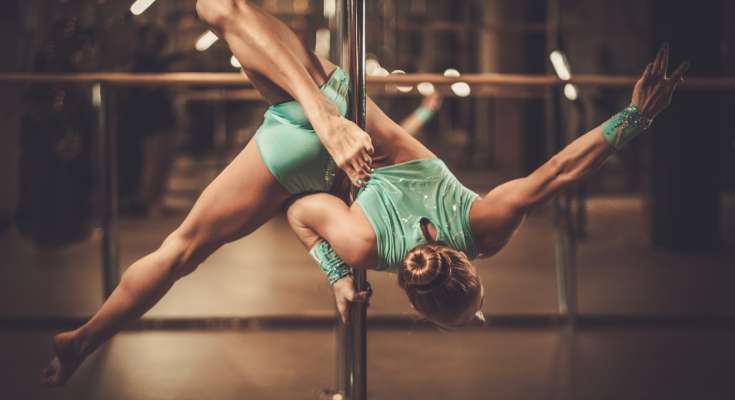Pole dancing is more than dazzling spins and daring drops. Its roots run deep, touching ancient rituals, circus acts, and modern fitness studios. For dance lovers and enthusiasts alike, the vibrant history of pole dancing is surprising and fascinating. Keep reading as we explore the unique and sizzling history of pole dancing.
The Seductive and Empowering History of Pole Dancing
Have you ever wondered about the origins of those gravity-defying moves? Today, pole dancing is a celebrated form of fitness and self-expression. Yet, its story spans centuries and continents.
Origins of Pole Dancing in Ancient Cultures
Pole dancing’s history begins far from the neon-lit stages we associate it with. Ancient cultures, particularly in Africa and Asia, employed pole-like structures in their rituals. The Mallakhamb sport in India saw men performing acrobatics on wooden poles as early as the 12th century. These early practices laid the groundwork for what would become a global phenomenon.
The Evolution From Rituals to Circus Acts
The transition from ritual to entertainment saw pole dancing enter the circus. In the 1920s, traveling circuses and sideshows featured “hoochie coochie” dancers who performed provocative routines on tent poles. Their acts captivated audiences and set the stage for pole dancing’s next evolution. By the mid-20th century, pole dancing began appearing in clubs, though still far from its fitness transformation.
How Pole Dancing Became a Fitness Craze
The 1990s marked a significant shift. Pole dancing rebranded itself from a form of exotic entertainment to a legitimate workout. Influential figures, like Fawnia Mondey, opened the first pole dancing studio in Canada. They showcased the strength, flexibility, and cardiovascular benefits of pole dancing you may not know. This shift helped reshape public perception and attracted a broader audience.
Empowerment Through Pole Dancing
For many, pole dancing is more than just fitness; it’s empowerment. Breaking stereotypes has become a tool for enhancing body image and self-confidence. Participants often find a sense of community and self-expression through the art. The dance form challenges societal norms and promotes a positive, inclusive environment.
Pole Dancing’s Global Spread
Pole dancing didn’t just stay confined to North America. It crossed borders, finding enthusiasts in Europe, Asia, and beyond. Each region added its unique cultural twist, further enriching the art form. From competitive sports in Russia to contemporary dance in Japan, pole dancing reflects a diverse global tapestry.
Innovations and Future Trends in Pole Dancing
Pole dancing continues to evolve. Innovations like pole silks and hybrid classes push the boundaries of what’s possible. The future looks bright with a growing emphasis on inclusion and accessibility. Virtual classes and online communities make it easier than ever to join the pole dancing revolution.
Pole dancing’s unique and sizzling history is a testament to its enduring appeal. From ancient rituals to modern fitness, its ability to adapt and empower remains constant. Whether you’re a dance lover or a fitness enthusiast, there’s something captivating about pole dancing’s journey.



